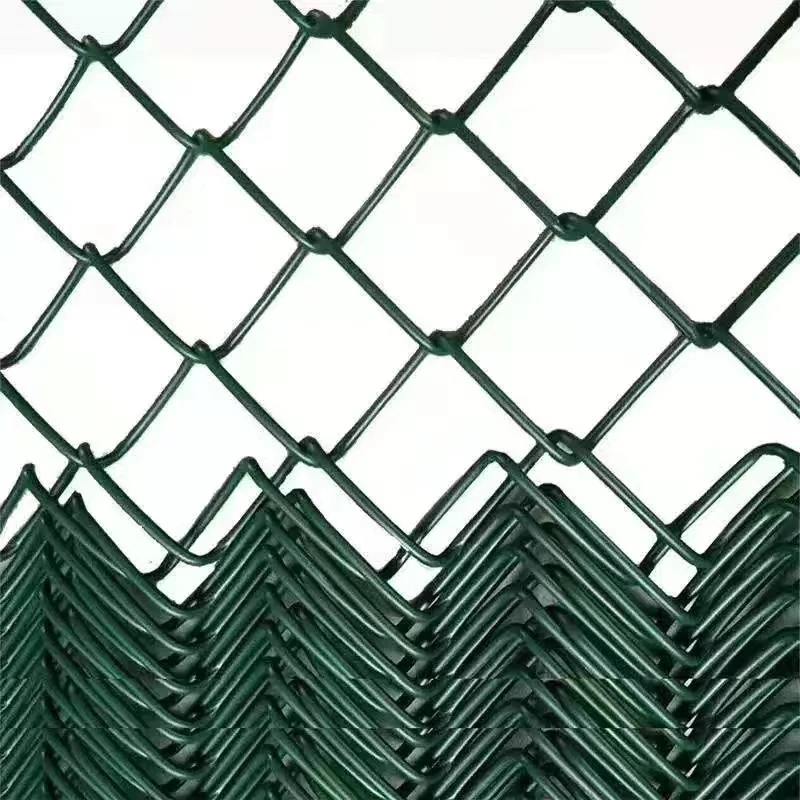 TEL:
+86-13102802206
TEL:
+86-13102802206
 Email:
fencenetting@china.com
Email:
fencenetting@china.com
 Language
Language
 TEL:
+86-13102802206
TEL:
+86-13102802206
 Email:
fencenetting@china.com
Email:
fencenetting@china.com
 Language
Language


Understanding Electric Fence Knots A Guide for Effective Use
Electric fencing is a popular method used for livestock management, garden protection, and property security. One of the critical components of an effective electric fence system is the way the wires are secured and connected, particularly through various knots. Understanding these knots not only ensures the fence remains effective and durable but also guarantees safety for both animals and humans.
Importance of Using the Right Knots
Knots play a vital role in maintaining the integrity of electric fences. They are essential for connecting different elements of the fencing system, such as wire to posts and wire to insulators. A well-tied knot can prevent electrical shorts and ensure that the system operates smoothly. If the knots are not secure, the electric current may dissipate, leading to ineffective deterrence of animals or intruders. Therefore, mastering a few essential knots can significantly enhance the functionality of your electric fence.
Essential Knots for Electric Fencing
1. Square Knot (Reef Knot) The square knot is one of the most basic and commonly used knots, especially for tying two ends of a wire together. It is straightforward to tie and untie, making it perfect for temporary setups or adjustments. To tie a square knot, simply overlap the two wire ends and tie them in a way that each end goes over and under the other. Ensure that the knot is tight to maintain a good electrical connection.
2. Figure Eight Knot This knot is beneficial for securing wires to posts or insulators. It provides a strong hold and prevents the wire from slipping. To tie a figure-eight knot, create a loop with the wire, then wrap the working end around the standing part before passing it back through the loop. This knot is especially useful in areas where there’s a lot of tension on the wire.

3. Bowline Knot The bowline is known for creating a fixed loop at the end of a wire, which is useful when securing wires to anchors or posts. This knot is ideal for situations where you need a strong, non-slipping loop. To tie a bowline, form a small loop in the line, then thread the end of the wire through the loop, around the standing line, and back through the loop.
4. Clove Hitch The clove hitch is excellent for attaching wire to fence posts. It’s easy to use and can be adjusted or removed with ease. To tie a clove hitch, wrap the wire around the post twice, making sure the second wrap is over the first, then tuck the end under the last wrap. This knot is particularly useful for running long stretches of wire.
Tips for Tie Knots in Electric Fencing
- Practice Makes Perfect Before setting up your fence, practice tying these knots to ensure you can do them quickly and efficiently. - Inspect Regularly Regularly check your knots to ensure they have not loosened over time, as tension and weather can affect their security. - Safety First Always turn off the power before inspecting or working on your electric fence to prevent accidents.
Conclusion
Properly tying knots in your electric fence setup is crucial for maintaining its effectiveness and safety. By mastering several essential knots, you can ensure a secure and functional fencing system that effectively protects your livestock or property. Whether you are a seasoned farmer or an enthusiastic gardener, understanding electric fence knots will aid you in creating a robust fencing solution tailored to your needs. With the right techniques, your electric fence can remain reliable and efficient for years to come.